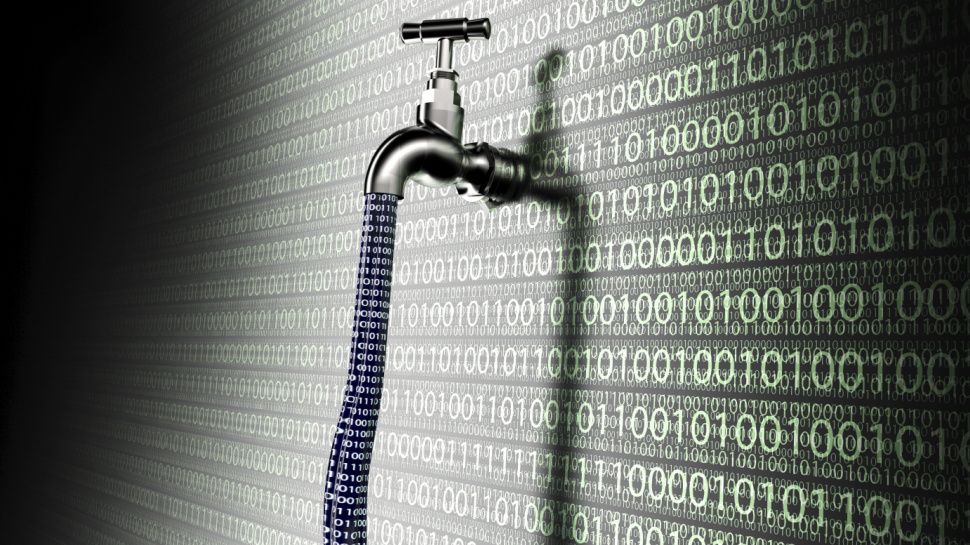Connecting those with access to existing mobile Internet services would generate an estimated total GDP of an additional $3.5 trillion over the period 2023-2030.
October 23, 2024, London: The benefits of mobile connectivity have not yet been fully realized, with 43% of the world's population (equivalent to 3.45 billion people) still not using mobile Internet, according to the latest GSMA report.'State of mobile Internet connectivity 2024' report.
While the proportion of the world's population using mobile Internet on their own device continues to increase annually, the rate of user growth is slowing. 160 million people started using mobile Internet last year. similar levels to 2022, but a drop from 2015-2021, when more than 200 million new users were added each year.
The new report, funded by the UK Foreign, Commonwealth and Development Office (FCDO) and the Swedish International Development Agency (Sida) through the GSMA Mobile for Development Foundation, highlights the barriers to achieving More people use mobile Internet services and the constant need. for collaboration between governments, mobile network operators and international organizations.
Closing the gaps
The latest report describes the overall connectivity gap (i.e. the combination of usage and coverage gaps) and its findings include:
- 4.6 billion people (57% of the world's population) now use mobile Internet on their own device
- 350 million people (4% of the world's population) live in largely remote areas without mobile Internet networks (the coverage gap)
- 3.1 billion people (39% of the world's population) live with mobile Internet coverage but do not use it (the usage gap). The usage gap is nine times larger than the coverage gap
- The least connected region globally is sub-Saharan Africa, where only 27% of the population are using mobile Internet services, leaving a 13% coverage gap and a 60% usage gap
The biggest challenge remains the usage gap. Bringing these people online would add an estimated $3.5 trillion to the global economy over the period 2023-2030, with 90% of this impact benefiting low- and middle-income countries (LMICs).
The coverage gap exists predominantly in rural, poor and sparsely populated areas, often less developed, landlocked states or small island developing states. An estimated $418 billion of investment is needed to build the infrastructure necessary to achieve universal mobile Internet access.
Breaking barriers
For unconnected people in low- and middle-income countries, device affordability and digital skills and literacy are the main barriers to mobile Internet adoption.
In these countries, basic devices with Internet access cost 18% of the average monthly income, a figure that increases to 51% for the world's poorest 20%. In sub-Saharan Africa, which represents a quarter of the world's unconnected population, this figure rises to 99% of the average monthly income of the region's poorest 20%.
Lack of digital skills and literacy is the second biggest barrier overall, but it is the main problem in the Asian countries surveyed as part of the new report. The other established barriers for people using mobile Internet are the lack of relevant and localized content and services, concerns about security and limited access to additional critical infrastructure and services, such as electricity.
Enable meaningful connectivity
While the majority of people who use mobile Internet do so daily, it is typically only for a relatively small number of the most popular use cases. An average of 43% of mobile Internet users in the countries surveyed reported wanting to use it more. Therefore, the challenge remains to enable meaningful connectivity and drive true digital inclusion.
Among those already using mobile Internet, the most commonly reported barriers to increased use include security concerns, affordability (particularly of data but also of phones), and the connectivity experience.
Furthermore, while the vast majority of people around the world now access the Internet through a 4G or 5G smartphone, one in five mobile Internet subscribers still use 3G smartphones or a feature phone. This reaches more than a third in Latin America and the Caribbean and MENA and almost two-thirds in sub-Saharan Africa, limiting the reach and depth of the digital and online experience among users.
John Giusti, chief regulatory officer at the GSMA, said: “As it progresses Although progress continues in improving infrastructure and increasing the adoption of mobile Internet, there are significant digital gaps.
“Furthermore, although most users access mobile Internet daily, their activities are often limited to one or two activities, although many express a desire to do more. This highlights persistent barriers (affordability, lack of skills and literacy, security concerns, and lack of relevant content and services) that prevent users from connecting and then using the mobile Internet to meet their life needs once they They are online.
“Governments, mobile operators and international organizations must collaborate to address barriers such as affordability, digital skills and awareness of the mobile Internet and the benefits it can bring. “This effort must also focus on investing in local digital ecosystems and ensuring robust online safety frameworks.”
-ENDS-
About the GSMA
The GSMA is a global organization that unifies the mobile ecosystem to discover, develop and deliver critical innovation for positive business environments and social change. Our vision is to unlock the full power of connectivity so that people, industry and society thrive. Representing mobile operators and organizations across the mobile ecosystem and adjacent industries, the GSMA offers its members three broad pillars: connectivity for good, industry services and solutions, and outreach. This activity includes advancing policy, addressing today's biggest societal challenges, supporting the technology and interoperability that make mobile devices work, and providing the world's largest platform to convene the mobile ecosystem at the MWC and M360 series of events. We invite you to learn more at gsma.com
About the GSMA Connected Society
The Connected Society program works with the mobile industry, technology companies, the development community and governments to increase mobile Internet access and adoption, focusing on underserved population groups in developing markets.
This report is the result of a GSMA Mobile for Development Foundation project funded by the UK Foreign, Commonwealth and Development Office (FCDO) and the Swedish International Development Cooperation Agency (Sida). The opinions expressed are not necessarily those of any organization.
For more information, visit gsma.com/connectedsociety
Media contacts
GSMA Press Office
[email protected]









